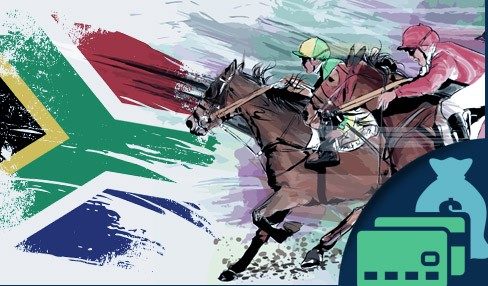Contrary to popular belief, there are a small number of horse breeds which have originated in South Africa and which continue to be popular riding and racing horses today. Granted, not many of these little creatures have ever set foot off African soil. Yet their value as both riding and farm animals can never be underestimated. If you are a horse lover from another country, you will likely be interested to know that there are no fewer than six different horse breeds which can trace their origins back to this tip of the African continent.
Of these six breeds, only two are internationally recognised. These are the ‘Kaapse Boerperd‘ (translated Cape Farm Horse) and the ‘South African Boerperd‘ which was, until recently, also known as the ‘Historiese Boerperd’ (translated Historical Farm Horse). The Boerperd is perhaps the most distinctive and oldest of all South African breeds. Their history started in 1653 when the Dutch East India Company brought the first horses to the country.
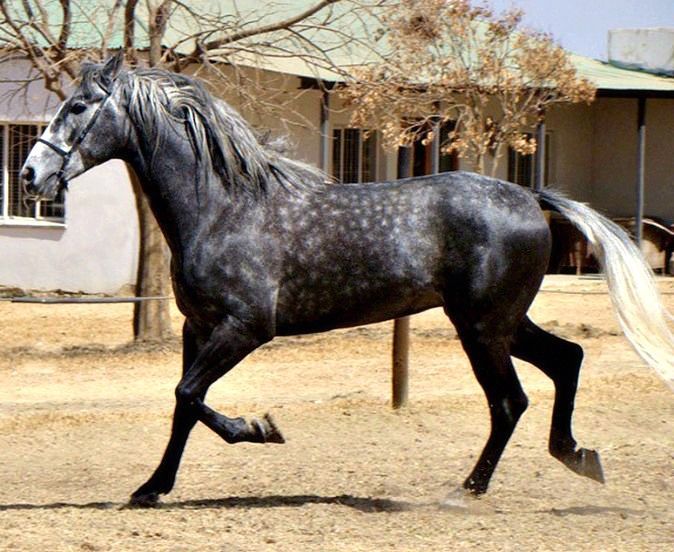
The first stock came from Indonesia and were crossbreeds between Arabians and Barbs. Over the years, a number of Arabian horses were used to improve the quality of the breed. This original breed became known as the Cape Horse and the softly curled thick mane of the barb is still often a feature of the breed. Later these local horses were combined with thoroughbred bloodstock to further improve the breed. The Cape Horse was hardy, could survive on meagre rations and grazing and was a very comfortable ride. It had endurance, spirit, kindness and heart. It was also incredibly beautiful. It became known as the Boerperd when it began to be used by the Dutch Boeremagte and when it became isolated in the Boerrepublieke.
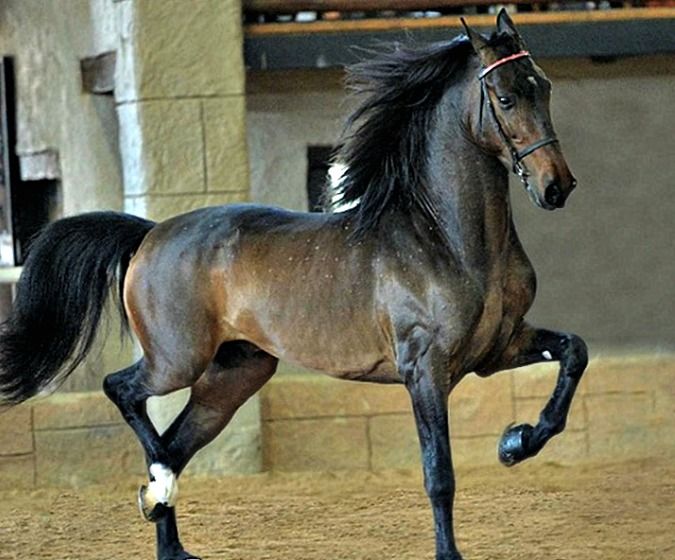
Unfortunately, during the Anglo-Boer war, a number of Boerperde were killed. Thoroughbreds, Hackneys and Clydesdales were imported to replenish the bloodstock but a number of breeders kept their herds pure and took their time to replenish their stock. These were the ancestors of the South African Boerperde. There are six differently lines of Boerperd from the six different herds which survived the Anglo-Boer War.
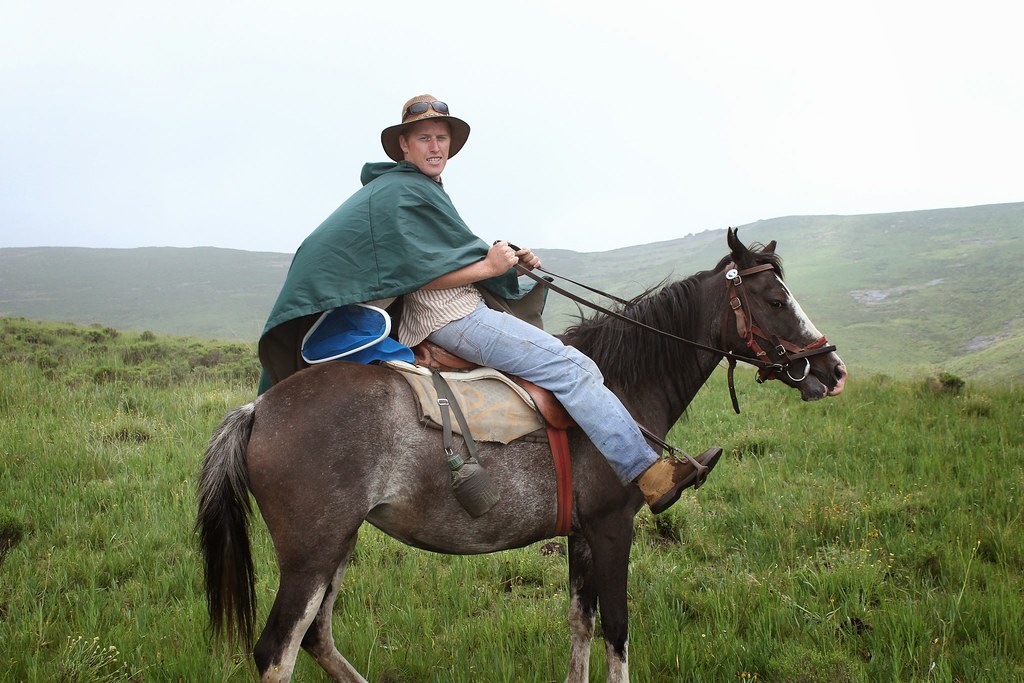
In 1948, the Boerperd Breeders Society was formed to resurrect the breed, maintain breed standards and to build up numbers. However, by the 1970s a number of breeders emerged who wanted to further improve the breed while a number of traditionalists wanted to preserve the existing breed. So, by the 1980s, two groups were formed. In the first, nothing was added to the original breed and the result is known as the SA Boerperd. In the second group, breeders were allowed to add to the breed but not take any of the original qualities away. These horses are now known as Kaapse Boerperd.
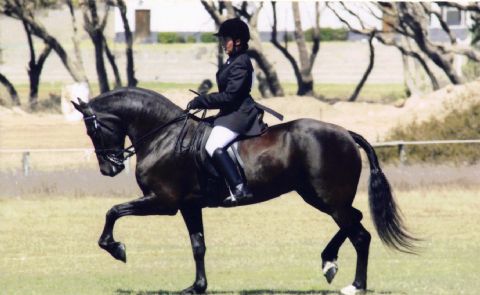
Another, well – known breed from South Africa actually comes from the small kingdom of Lesotho. The Basuto Pony is derived from the Cape Horse – a number of which were stolen during raids. The harsh conditions and bad grazing in Lesotho stunted their growth and made the horses tougher. Today these small and hardy ponies measure about 14.2 hands high and are used in the famous pony treks of the Lesotho Kingdom.
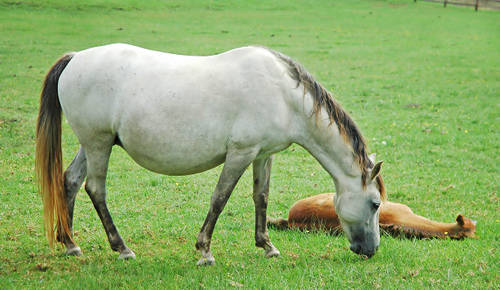
The other two breeds which have originated under South African skies are the Nooitgedacht Pony and the SA Vlamperd. The Nooitgedacht actually originated from the Basuto Pony and the breed was established at the Nooitgedacht Research Station (hence the name) in the 1950s. The breed is sturdy, kind, attractive and five-gaited. It is used for polo, dressage, showjumping and hacking and is a favourite for children. It is usually roan or light brown in colour with dark points. The SA Vlamperd was developed in the Western Cape from a 19th-century horse called the Hantam Horse. The Hantam Horse came about by crossing Arabians, Thoroughbreds, and local Cape mares. More recently, Friesian stallions were bred with Hantam Mares as were Oldenburgs and Cleveland Bays. The resulting Vlamperd has emerged as a good-natured horse breed with graceful conduct and a stylish high stepping action. It can be used under saddle or in harness. The name is derived from the Afrikaans for Flanders’ Horse – the country from which a number of Friesian stallions were later exported to improve the breed.
